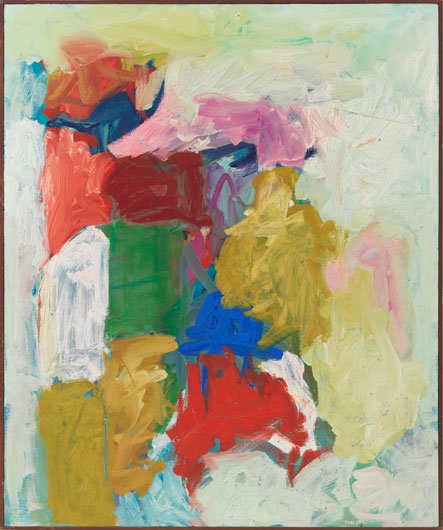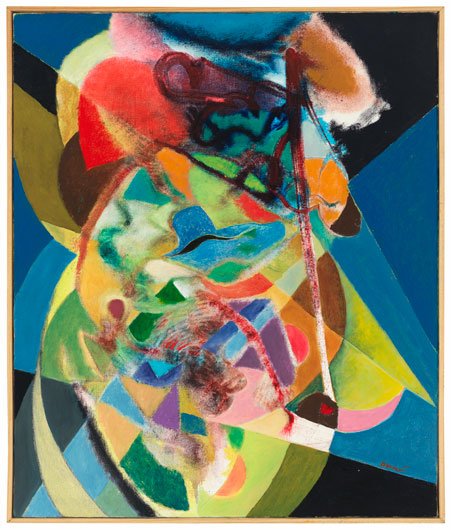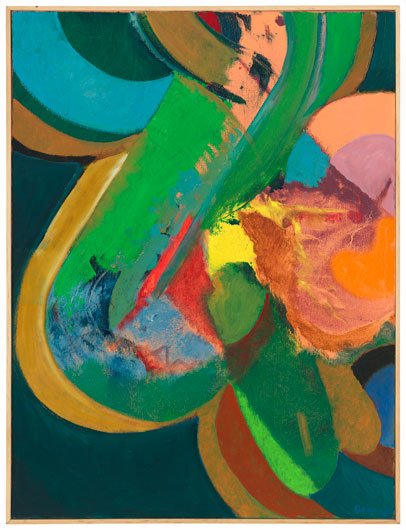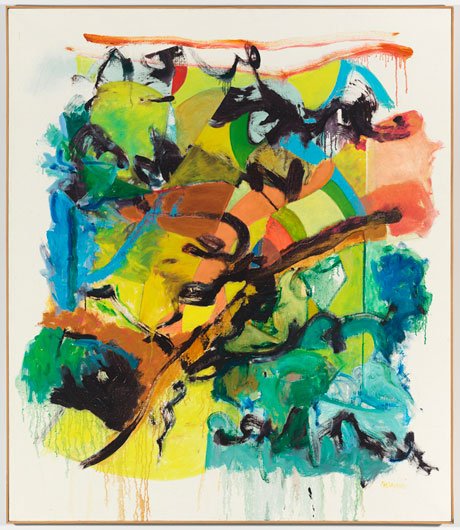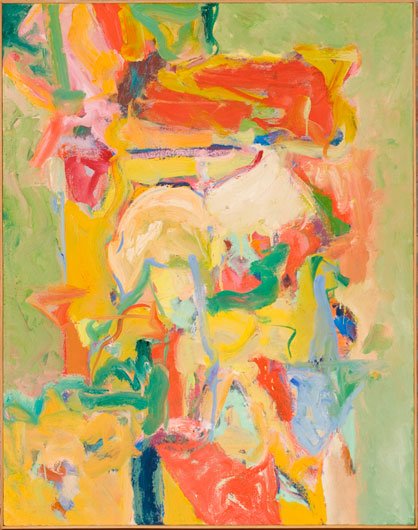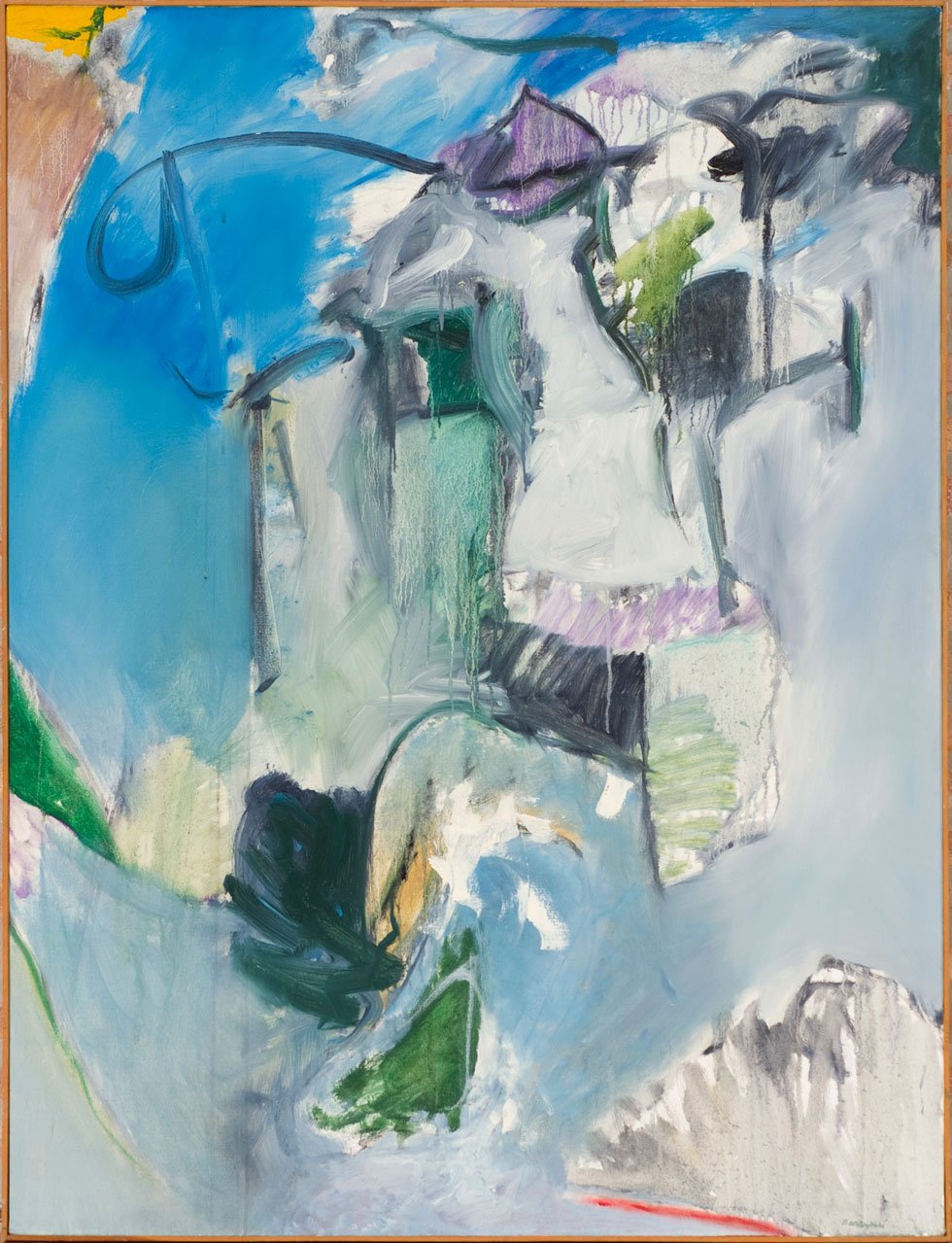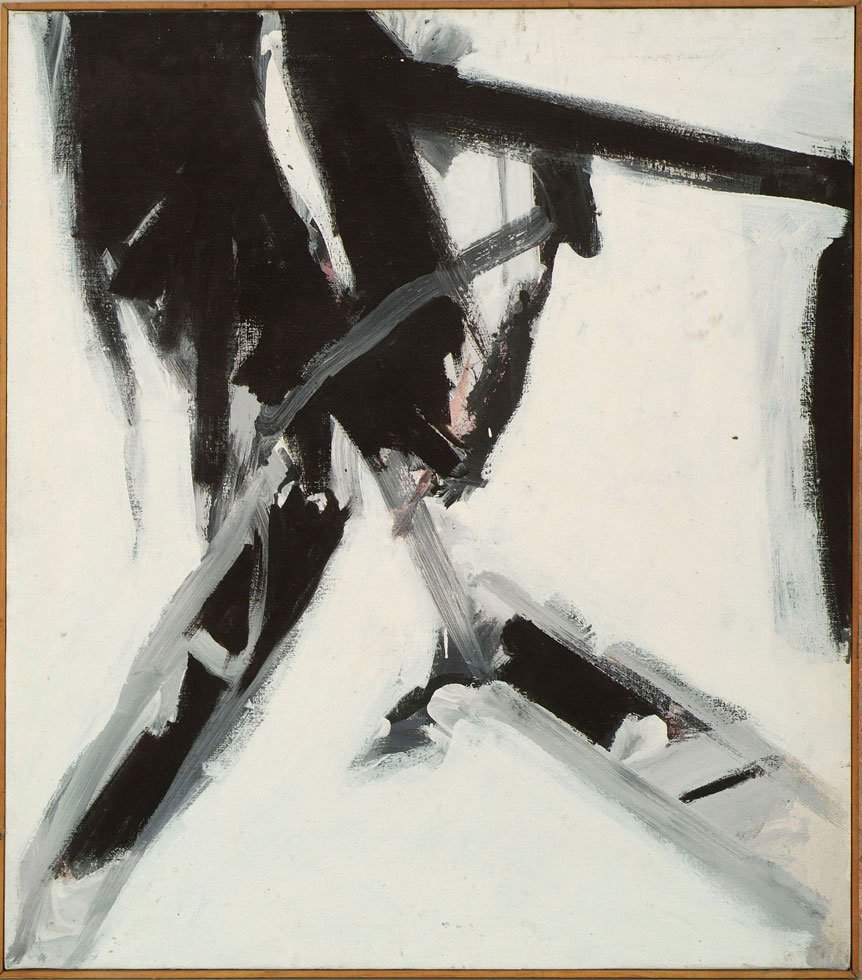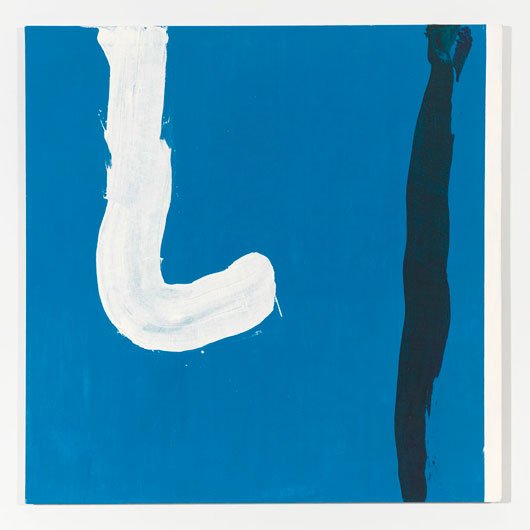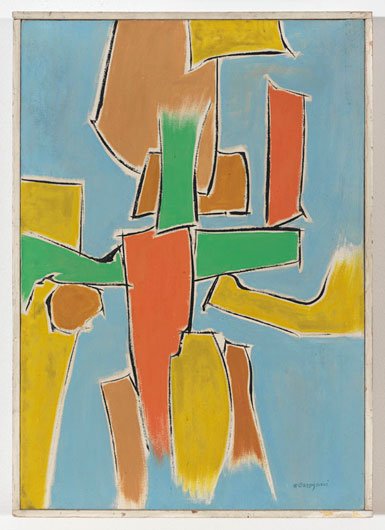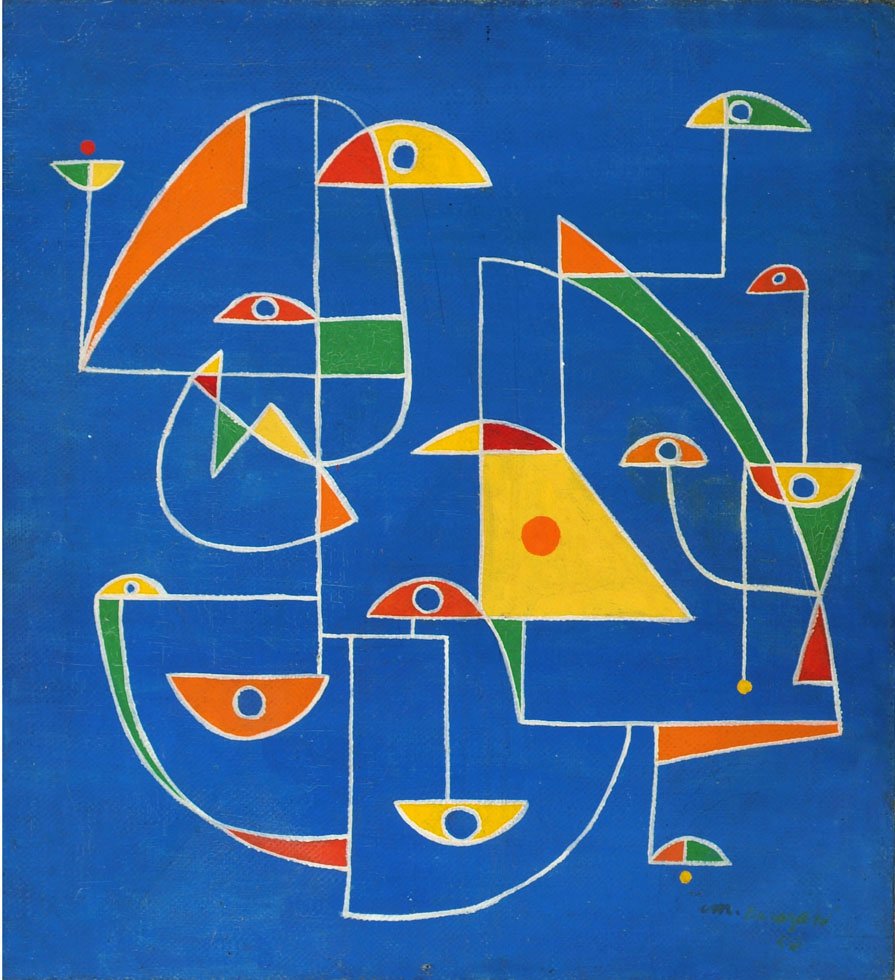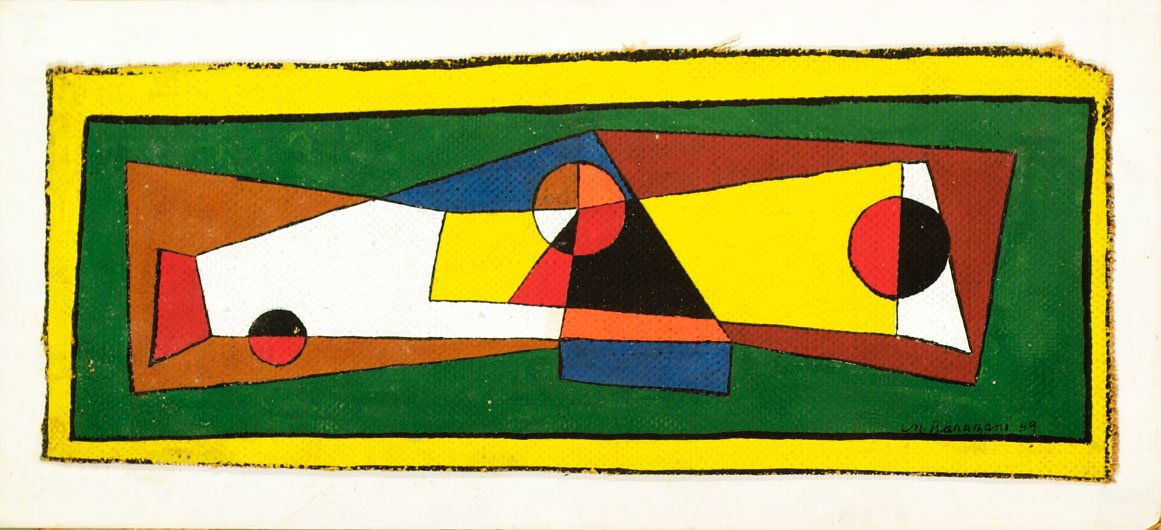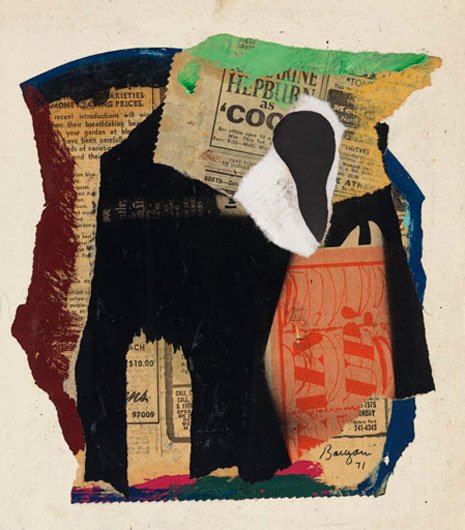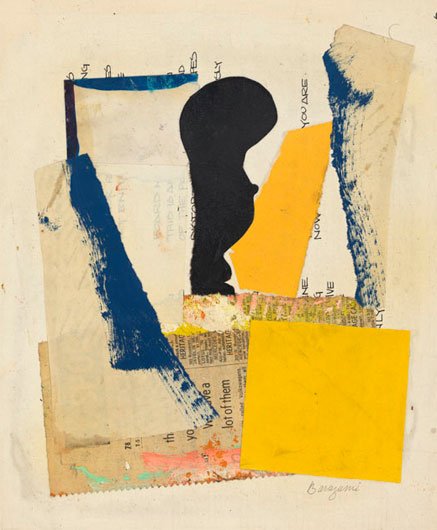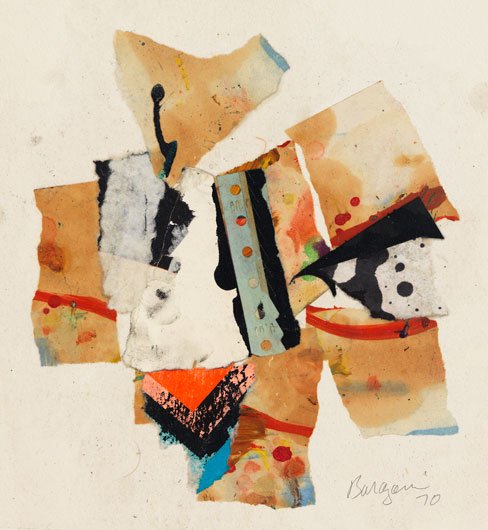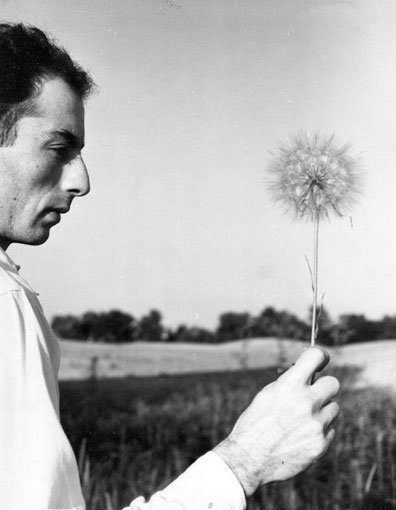Morris Barazani
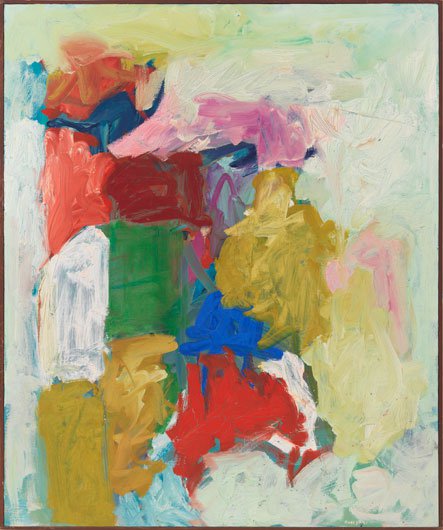
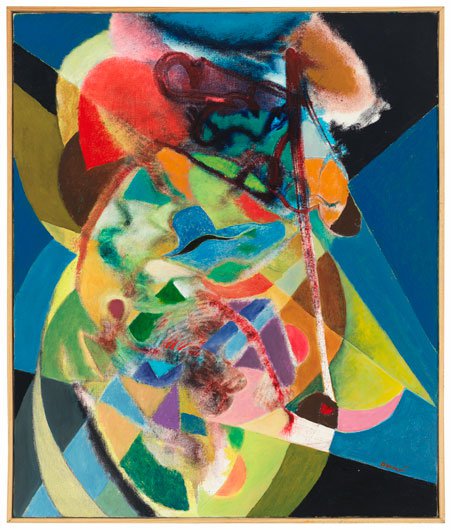
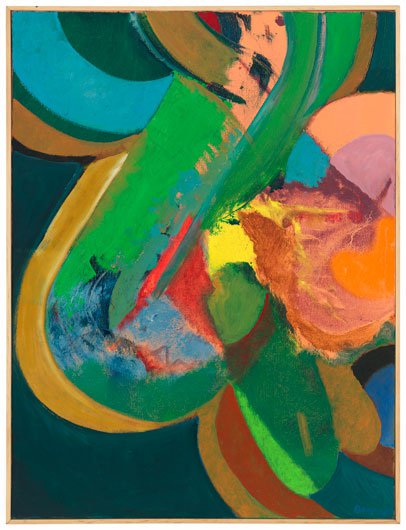
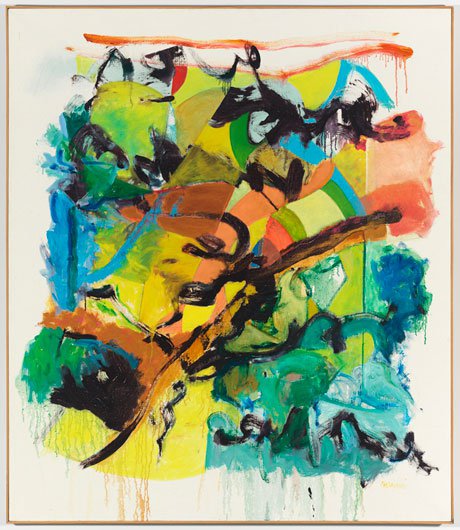
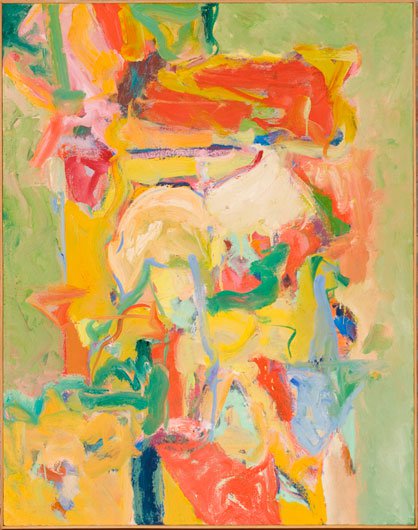
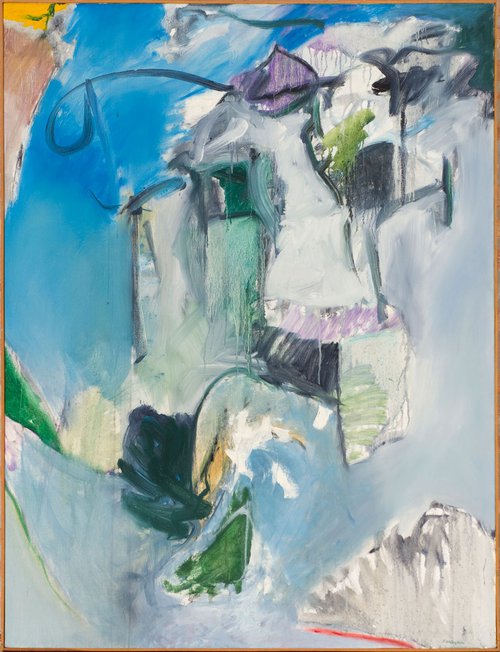
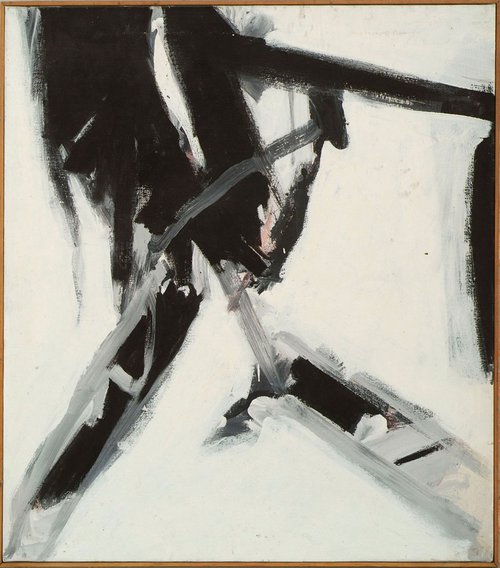
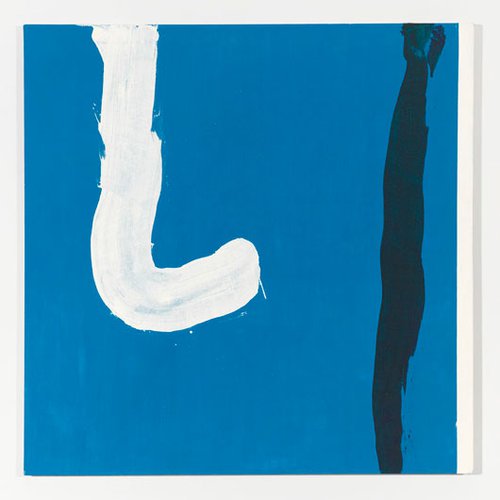
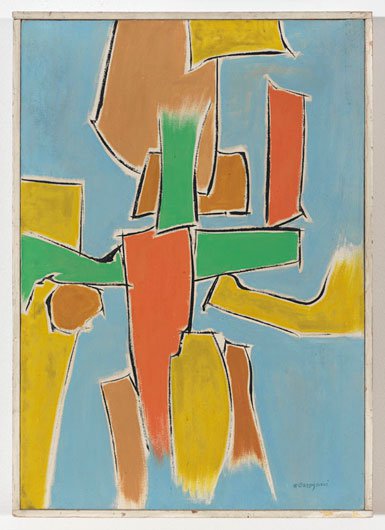
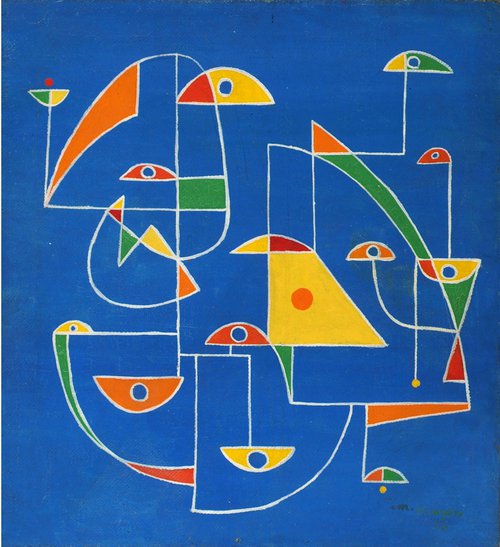
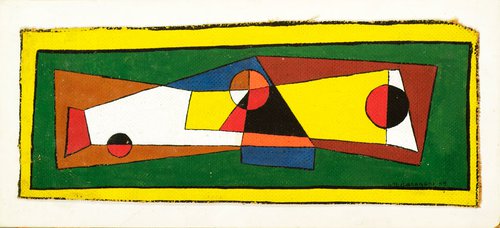
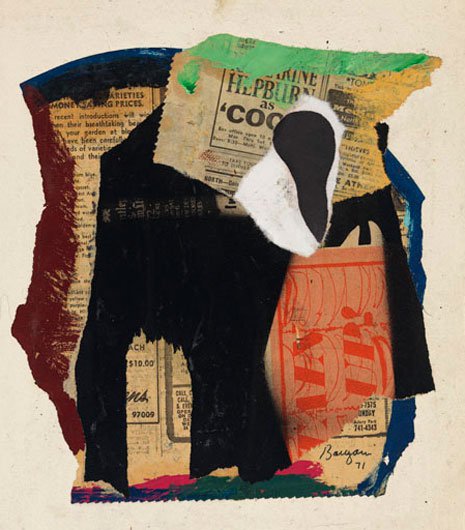
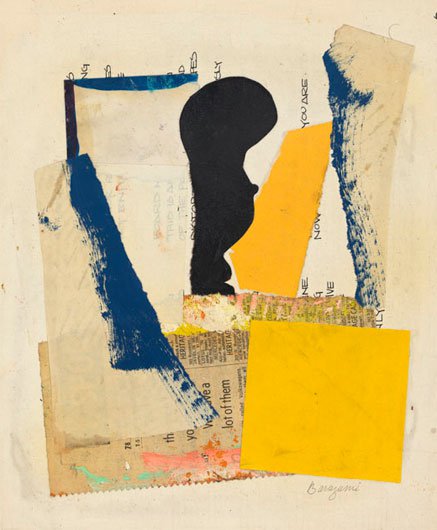
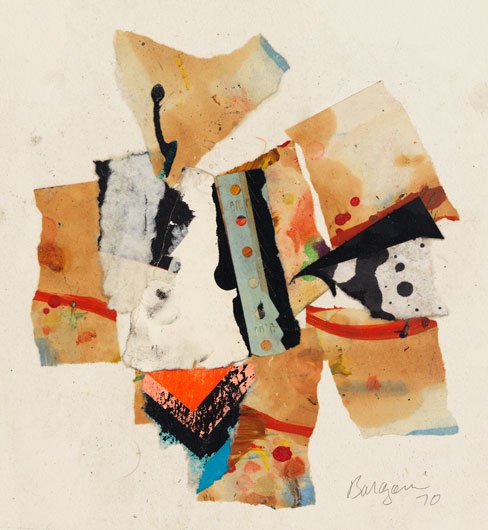
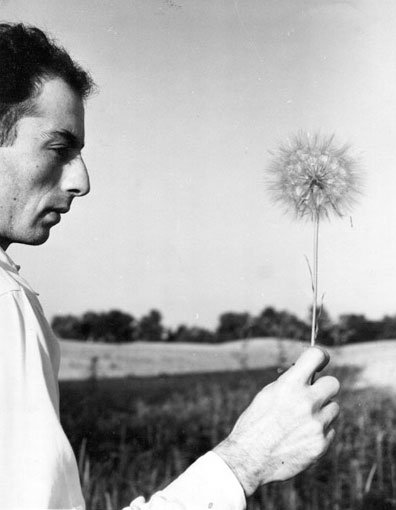
BIO
1924 – d. 2015
Morris Barazani was an active member of Chicago’s modernist art community beginning in the early 1950s. An influential teacher, he was a painter who drew and sometimes made collages. Born in Michigan, Barazani’s artistic sensibility began to take shape with the enthusiastic help of his high school art teacher, who was not much older than him. Both of them left school to serve in the armed forces from 1943-46, during which time Barazani worked on a Navy carrier and had a stint with an amphibious Marines Argus unit, setting up radar. After completing his tour of duty, Barazani’s teacher went to Stanford for his PhD, and Barazani followed. The prospect of a teaching job at the Institute of Design (ID) brought them both to Chicago, where Barazani promptly enrolled. “I was preoccupied with the Constructivists and Mondrian,” he recalled. Barazani’s studies at ID occupied 1947-48, a period in which a major philosophical battle was brewing at the school. “It was the Moholys versus the Chermayeffs,” said Barazani, referring to the different philosophies of figurehead Laszlo Moholy Nagy and his successor Serge Chermayeff. “I was in the Moholy camp and soon I was basically asked to leave.” Barazani’s drawings and paintings from the ID period, some of which were created as part of an ongoing dialogue with Moholy-Nagy, bear all the earmarks of the formalist, Bauhaus-oriented mindset promoted by the Institute, though they are also uncommonly strong and original, and they give a clear sense of the personal voice Barazani would develop over the following decade.
Barazani was married in 1948, and together he and his new wife Gail – whom he had met in a class with sculptor Hugo Weber – moved to Detroit to study at at Cranbrook Academy. While in Detroit, Barazani ran Circle Gallery, an independent artistic outlet that showed many important artists of the era; at Circle, in 1949, Barazani had his first one-man show, and the same year he exhibited in the seminal Momentum Exhibition in Chicago. The Barazanis lived behind the gallery, and in 1951 they had their first child, David. Throughout the early ’50s, Morris’ work was included in shows at the Detroit Institute of Art and the Hanamura Gallery, Detroit. After college, Morris and Gail moved back to Chicago, drawn by a job with Goldblatt’s; alongside the commercial work, Morris was constantly pushing his own artistic boundaries. “Automatic writing and a free approach to paint was becoming dominant over design,” he says, and his work from the period shows a move away from the Bauhaus influence into abstract expressionism, both in his paintings and his collages. In the ’50s and ’60s, Barazani’s time was spent making art and hanging out with other artists including Jerry Pinsler, Harry Bouras, George Kokines, Robert Nickle, Edvins Strautmanis, and Cy Gordon. He was a member of the important artist collective Exhibit A Gallery, together with Leo Segedin, Eve Garrison, Frank Petersen, Tristan Meinecke and others. To be an ab-ex painter in Chicago was to swim against the figural current, and it required a high degree of commitment and confidence.
A short stint in San Francisco on the advice of his old high school teacher seemed a misstep. “I got money together, came back to Chicago, and kissed the ground when I arrived.” Barazani got his old Goldblatt’s job back “doing window displays, like any good artist.” He was invited to the Artist-In-Residence program at DePaul University, where he founded the Art Department, and in 1969 he was asked to serve as director of the School of Art and Design at the University of Illinois’ Chicago Circle Campus, where he remained for 24 years. Morris lived with Gail in their home on the north side of Chicago, where he maintained his studio, until the end of his life.
Curriculum Vitae
PDF - Morris Barazani CVExhibitions
- Morris Barazani, 1966 Paintings October 8 - 12, 2024
- Hubcap Diamond Star Halo Corbett vs. Dempsey at Twenty September 14 - November 2, 2024
- Morris Barazani Drawings, 1948-54 March 13 - April 25, 2015
- Morris Barazani Paintings, 1972-2008 January 9 - February 14, 2009
- Ronald Ahlström Abstract Collages January 9 - February 14, 2009
- Bold Saboteurs Collage & Construction in Chicago April 15 - May 12, 2007
- Morris Barazani Expert Marksman May 12 - June 24, 2006
- Six Rings July 1 - August 27, 2005



